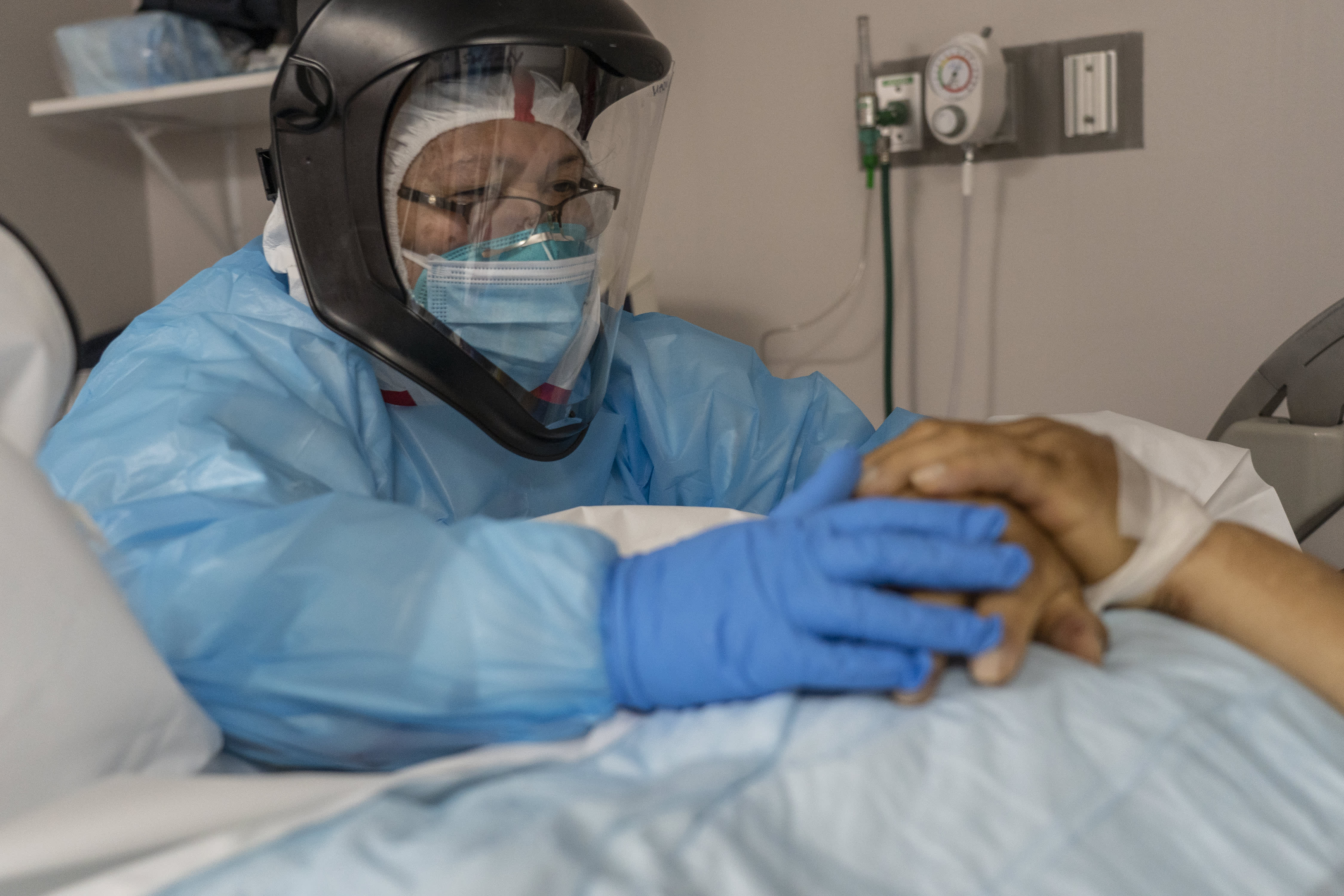Los Angeles County health officials acted arbitrarily and without a proper risk-benefit analysis when they banned outdoor dining as a coronavirus-control measure, a judge ruled Tuesday.
The decision, which followed a more than hour-long hearing, will not immediately restore outdoor dining options in the state's most populous county. After the hearing, Superior Court Judge James Chalfant upheld an earlier tentative ruling, in
which he found that the county "failed to perform the required risk-benefit
analysis'' before enacting the ban.
"By failing to weigh the benefits of an outdoor dining restriction against its costs, the county acted arbitrarily and its decision lacks a rational relationship to a legitimate end,'' Chalfant wrote in the tentative ruling, which will be discussed at a 1:30 p.m. hearing stemming from lawsuits filed by the California Restaurant Association and the owner of the downtown Engine Co. No. 28 restaurant, attorney Mark Geragos.
The balance of harms works in petitioners' favor until such time as the county concludes after proper risk-benefit analysis that restaurants must be closed to protect the healthcare system,'' Chalfant wrote.
The judge noted that the county has shown surging COVID-19 cases are "burdening the health care system and action is necessary.'' He also said the county has presented ``generalized evidence'' of transmission risk from outdoor
dining.
But he said the county's assertion that the virus can be spread in restaurants by patrons spending extended periods of time without masks "only weakly supports the closure of outdoor restaurant dining, because it ignores the outdoor nature of the activity, which the CDC (U.S. Centers for Disease Control and Prevention) says carries only a moderate risk, and less with mitigations.''
While tentatively finding in favor of the restaurants, Chalfant noted that due to the state's regional stay-at-home order that took effect Sunday night -- and which also includes a ban on in-person dining -- "outdoor restaurant dining in the county cannot open at this time.''
Chalfant tentatively suggested an order that would enjoin the county from imposing its dining ban beyond the original three-week time period, which would end Dec. 16. The state's order at a minimum would be in place until Dec. 27. But Chalfant said the county -- which is obliged to adhere to the state's order -- can only extend its local restriction "after conducting an appropriate risk-benefit analysis.''
The county Department of Public Health imposed the ban on Nov. 25, citing surging COVID-19 cases and hospitalizations. The county Board of Supervisors debated the issue on Nov. 24, but voted 3-2 to support the ban, arguing that restaurant patrons spend extended periods of time in close proximity and without wearing masks.
The California Restaurant Association and Geragos, however, challenged the ban in court.
"The recent order with no stated scientific basis from LA County singles out a specific industry and could jeopardize thousands of jobs," Jot Condie, president/CEO of the California Restaurant Association, said in a statement announcing the lawsuit. "There are thousands of restaurants and many thousands more employees who could be out on the street right before the holiday season."
Coronavirus Deaths in Your City and State — and Across the US
These charts use daily coronavirus death data from Johns Hopkins University to show the seven-day moving average of deaths at the city, state and country level.
The impact of coronavirus varies enormously in the United States from one place to another.
Source: Johns Hopkins University.
Credit: Visuals by Amy O’Kruk/NBC, data analysis by Ron Campbell/NBC
Opponents of the ban have said it would cause tens of thousands of restaurant workers to lose their jobs. There are more than 30,000 restaurants in Los Angeles County.
The city of Long Beach, which maintains its own health department, aligned itself with the county and also cut off in-person dining at restaurants.
Pasadena, which also has its own health agency, declined to follow suit, allowing outdoor dining to continue. But that changed when the state's order was imposed, requiring Pasadena restaurants to also revert to takeout and delivery service only.




